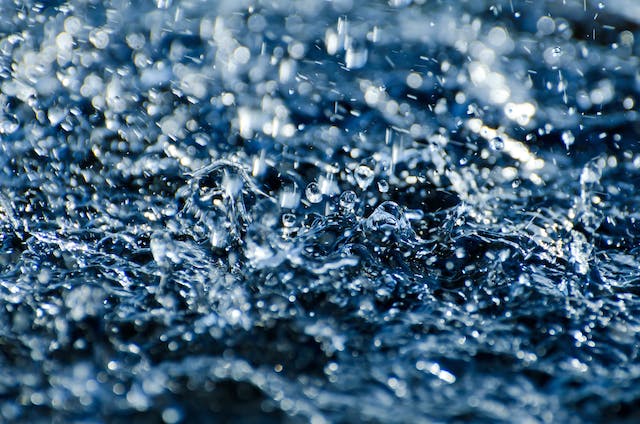Theme:
- The interim Budget 2024 has allocated an amount of ₹98,418 crore to the Jal Shakti Ministry, which is an increase from the previous budget’s ₹96,549 crore allocation. Let us try to understand how rainwater harvesting is important for ensuring sustainable water management and how it can be implemented.
What is rainwater harvesting?
- Rainwater harvesting involves collecting and storing rainwater that flows from rooftops, parks, open grounds, and other surfaces. This collected water can be stored and used for personal use and agriculture, or it can be directed into the ground to recharge the groundwater.
Why is rainwater harvesting important?
- Harvesting rainwater means less reliance on municipal water supplies, especially for personal uses like watering gardens or washing cars. This can decrease pressure on freshwater resources and treatment infrastructure.
- India experiences monsoonal rains, leading to concentrated periods of heavy rainfall followed by dry seasons. Harvesting rainwater during the monsoon helps bridge the gap during dry periods and mitigate water scarcity.
- India faces a severe groundwater crisis due to over-extraction. Rainwater harvesting refills underground water, improving water security and sustainability.
- Harvesting rainwater decreases the amount of water flowing into drains, reducing strain on drainage systems and mitigating potential flooding.
- India’s large agricultural sector heavily relies on water resources. Rainwater harvesting can provide a reliable source for irrigation, especially in drought-prone areas.
Challenges:
- Rainwater harvesting systems require regular maintenance to prevent clogs, ensure proper filtration, and maintain storage integrity. Neglecting maintenance can lead to contaminated water.
- Improperly maintained systems can breed mosquitoes, raising the risk of waterborne diseases. Stagnant water in tanks or clogged gutters provides ideal breeding grounds.
- Limited tank capacity due to space, cost, or regulations can restrict the amount of rainwater that can be harvested.
- Many people lack awareness about the benefits and proper implementation of rainwater harvesting. Without education and outreach programs, communities may not realize the potential of rainwater harvesting or how to effectively integrate it into their water management practices, hindering widespread adoption and implementation.
Government Initiatives:
- Jal Jeevan Mission: Ensures the functionality of water supply systems, quality monitoring, and sustainable agriculture.
- National Water Policy (2012): Guides water resource planning and development for optimum utilization.
- Jal Shakti Abhiyan- Catch the Rain: Aims to harness rainwater through artificial recharge structures, pond revitalization, check dams, and river rejuvenation before the monsoon.
- Atal Bhujal Yojna: Focuses on sustainable groundwater management with community participation through Water User Associations, water budgeting, and water security plans at the Gram-panchayat level.
Conclusion:
In India, rainwater harvesting is essential for a sustainable water future. By saving resources, cutting costs, and protecting the environment, it helps tackle water scarcity. Embracing this practice benefits everyone, ensuring a greener, more sustainable future for India and its communities.
Photo by Public Domain Pictures
Your Turn…
What are your thoughts on Rainwater harvesting? Express your views through the comment section below. Subscribe to our blog to read answers to the trending GD topics.
Copyright @ Group Discussion Ideas.


Very useful website